
Results from the DESTINY-Breast05 trial revealed that T-DXd was superior to T-DM1 in these patients with HER2-positive early breast cancer.

Your AI-Trained Oncology Knowledge Connection!


Results from the DESTINY-Breast05 trial revealed that T-DXd was superior to T-DM1 in these patients with HER2-positive early breast cancer.

OncoPrism-NSCLC was found to be a predictive biomarker of immune checkpoint inhibitor benefit vs a general prognostic tool in patients with NSCLC.
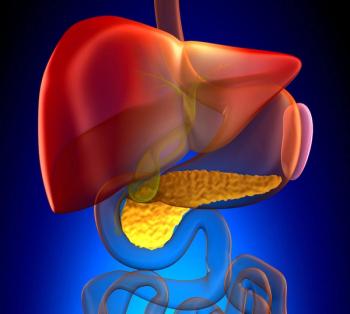
BGB-B2033 is under evaluation for patients with hepatocellular carcinoma who progressed on or after systemic therapy in a first-in-human phase 1 trial.

Fuzuloparib monotherapy and as a combination with apatinib improved PFS as maintenance therapy in patients with ovarian cancer harboring BRCA1/2 mutations.

Among the 12 patients with suspected brain metastases treated with RAD 101, the images showed metabolic activity in brain metastases compared with MRI findings.

The decision is based on results from the phase 3 MajesTEC-3 trial, which showed a PFS benefit with the teclistamab combination in patients with pretreated multiple myeloma.

Results from the phase 3 DESTINY-Breast09 trial led to the approval of T-DXd plus pertuzumab in unresectable/metastatic HER2+ breast cancer.

Alan Pliskin and Mary Kay Yamamoto discuss their journey through multiple myeloma treatment, emphasizing the importance of knowledge, positivity, and quality of life.
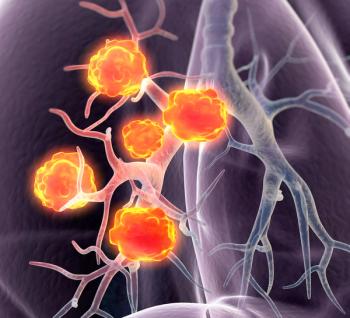
Results from the ARTEMIS-001 trial previously showed that the B7-H3–targeted ADC elicits deep responses in patients with ES-SCLC.
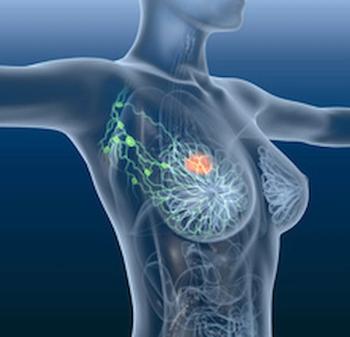
The 60-month local regional recurrence-free rate was 93.2% in the MRI arm vs 95.7% in the no MRI arm among patients with newly diagnosed breast cancer.
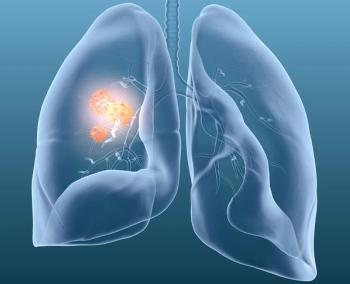
Patients with SCLC who received ociperlimab and tislelizumab plus cCRT achieved a median PFS of 12.6 months compared with 9.5 months with cCRT alone.
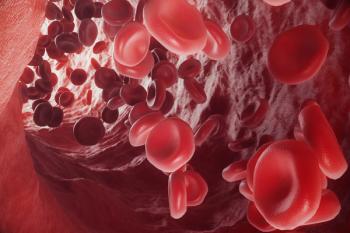
Belantamab mafodotin plus pomalidomide and dexamethasone led to a median PFS of 32.6 months in patients with relapsed/refractory multiple myeloma.

Patients with squamous NSCLC who received ivonescimab plus chemotherapy as first-line treatment had delayed deterioration in global health status.

Across 20 patients with treatment-naive NSCLC enrolled in the eNRGy trial who received zenocutuzumab, the ORR was 35%, with a median DOR of 17.1 months.

Talquetamab plus teclistamab led to an ORR and CR or better rate of 79% and 53%, respectively, in multiple myeloma with true extramedullary disease.
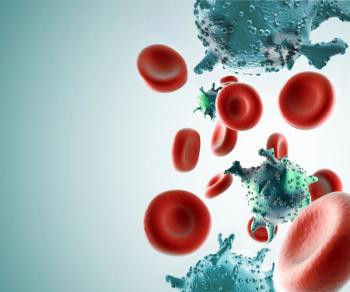
Elevated LDH levels were associated with worse PFS and OS outcomes in patients with relapsed/refractory multiple myeloma treated with elranatamab.
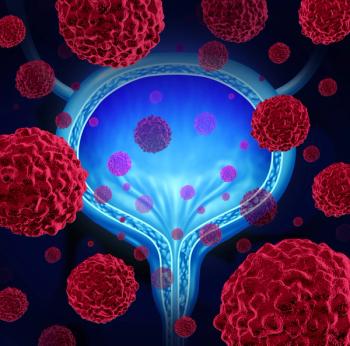
The intravesical MVR-T3911 treatment did not lead to any dose-limiting toxicities in patients with high-risk, BCG-unresponsive non-muscle invasive bladder cancer.
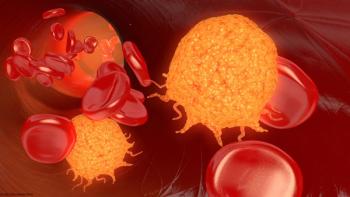
Olverembatinib plus low-intensity chemotherapy achieved an MRD-negativity rate in about 65% of patients with newly diagnosed Ph+ ALL.

Treatment with liso-cel led to complete responses in 55.8% of patients with marginal zone lymphoma who received at least 2 prior lines of systemic therapy.

Treatment with IGV-001 demonstrated a 45% increase in overall survival compared with standard of care in patients with newly diagnosed glioblastoma.

During treatment with TARA-002, there were no grade 3 or higher TRAEs, and TRAEs did not lead to any treatment discontinuations in patients with BCG-naïve NMIBC.
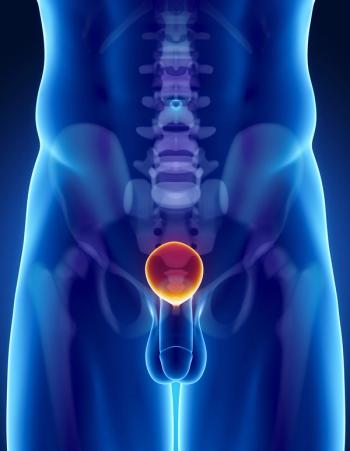
Data from a prospective study showed that the IsoPSA prostate cancer test outperformed total PSA and free PSA in men 50 years or older with elevated PSA level.

According to Daniel Peters, MD, the recent FDA approvals of revumenib and ziftomenib in AML are some of the most exciting developments in the field.

According to Rachel Greenup, MD, MPH, some of the barriers to getting optimal treatment for breast cancer include access, insurance, and baseline understanding or knowledge.
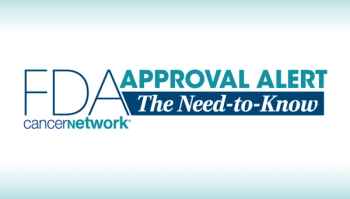
Results from MATTERHORN showed durvalumab plus FLOT improved EFS and OS compared with placebo plus FLOT in patients with gastric/GEJ cancers.

Results from the TRANSCEND NHL 001 trial showed that liso-cel achieved an ORR of 82.7% in patients with previously treated mantle cell lymphoma.
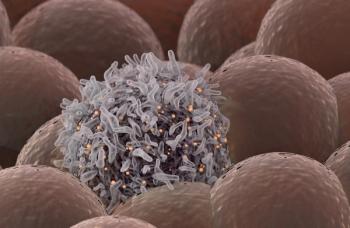
PAS-004 was deemed safe and tolerable when given in 37 mg capsules, so the trial will proceed to administer the agent in 45 mg capsules.

According to John Henson, MD, patients with ovarian, breast, endometrial, and colon cancers benefit the most from proactive hereditary analyses.

Fertility-sparing surgery showed comparable efficacy vs hysterectomy in early-stage cervical cancer, with a 5-year RFS rate of 92% vs 96.4%, respectively.

Results from the C-POST trial showed that cemiplimab improved DFS vs placebo in patients with CSCC at high risk of recurrence following surgery and radiation.
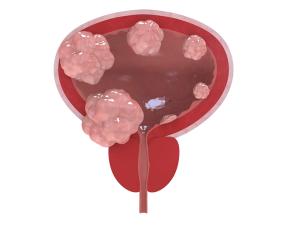
Published: May 5th 2025 | Updated:
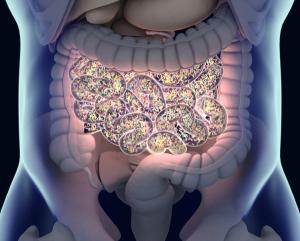
Published: April 8th 2025 | Updated:

Published: October 14th 2025 | Updated:

Published: May 1st 2025 | Updated:
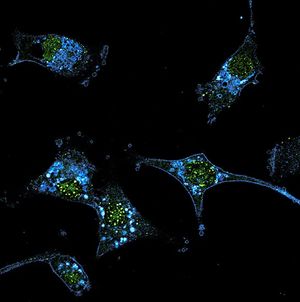
Published: August 5th 2025 | Updated:
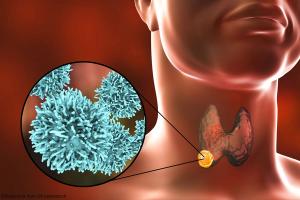
Published: September 26th 2025 | Updated: